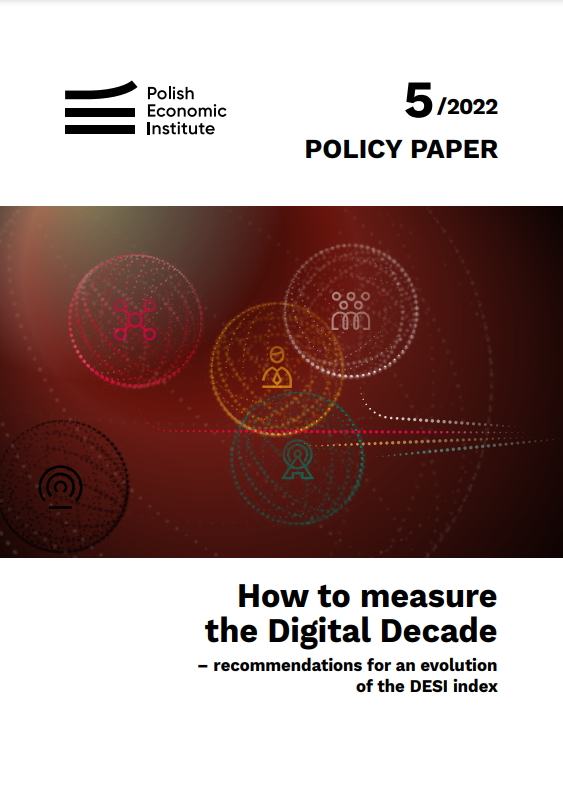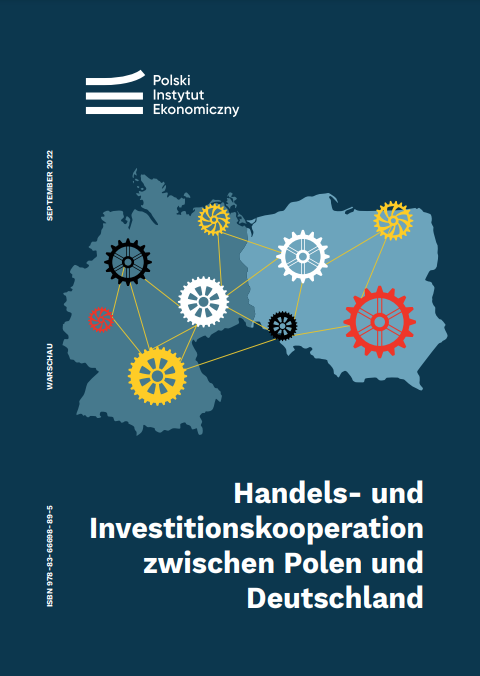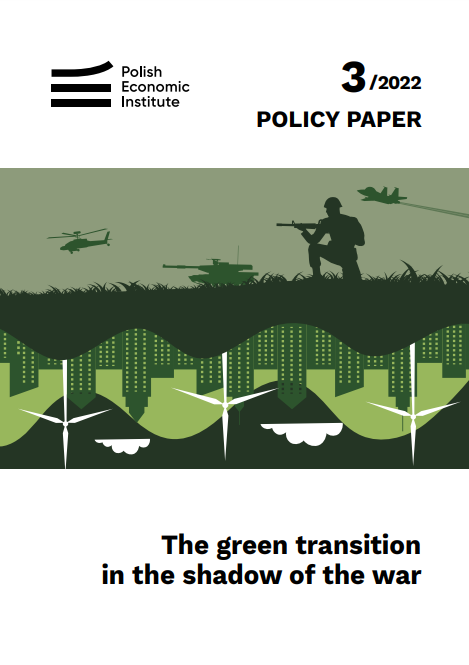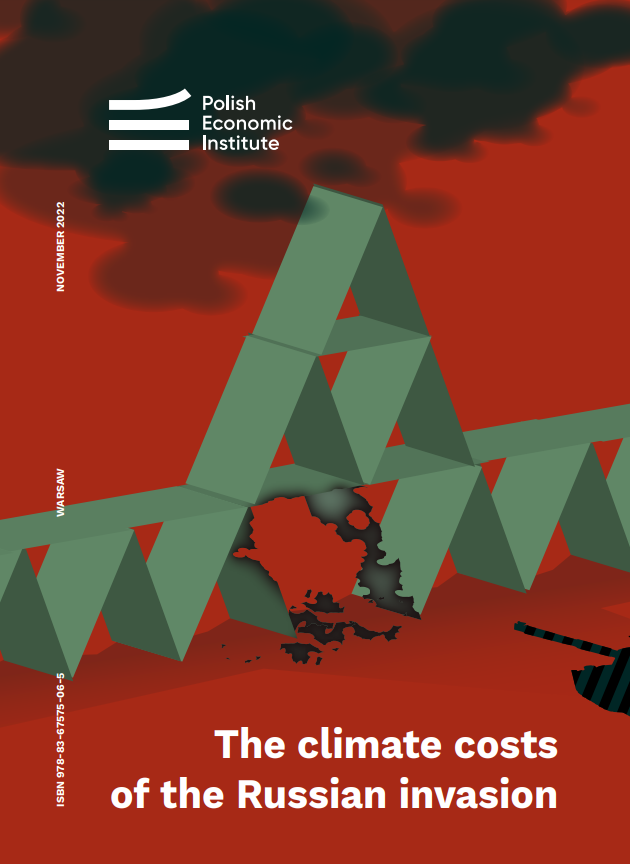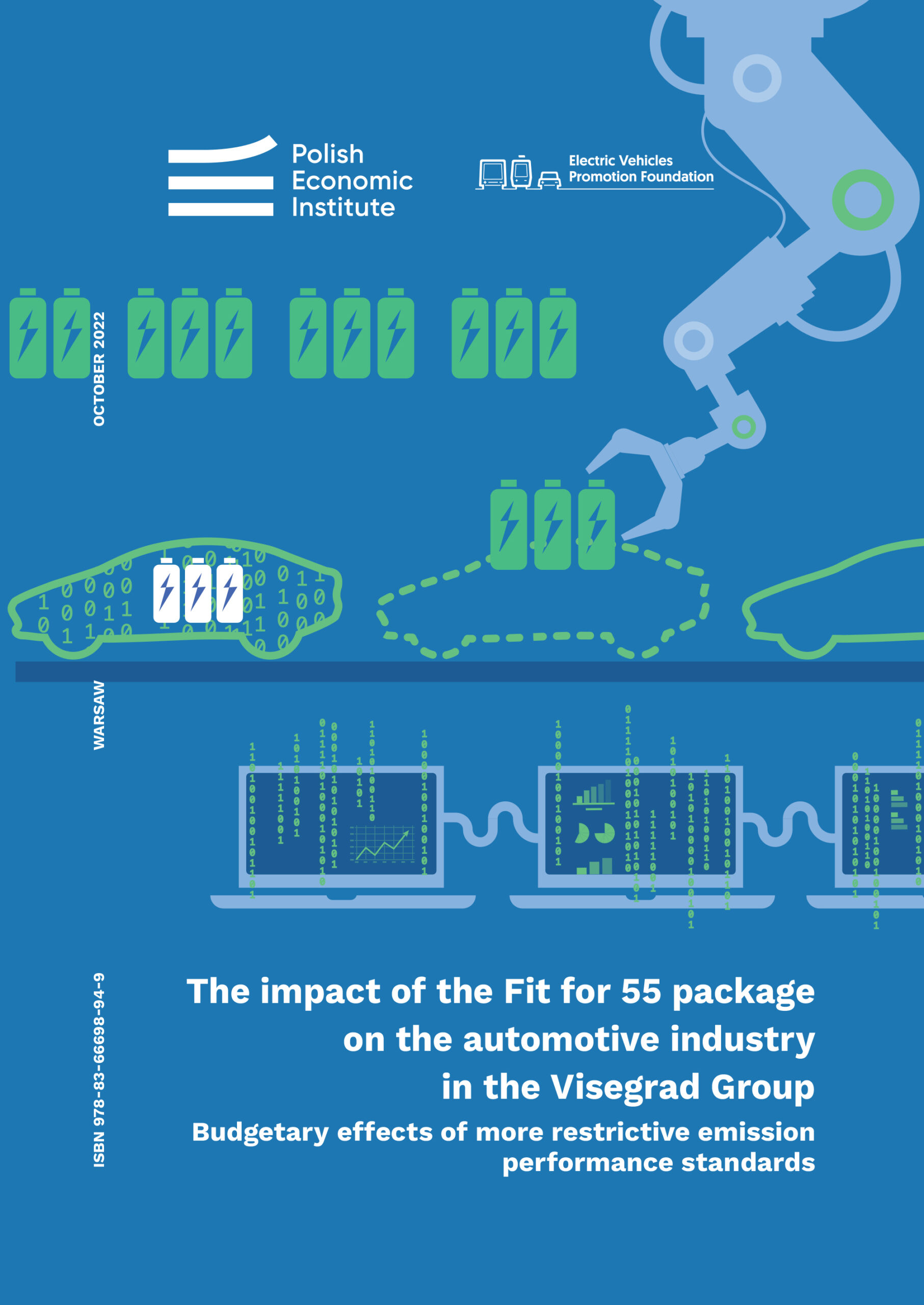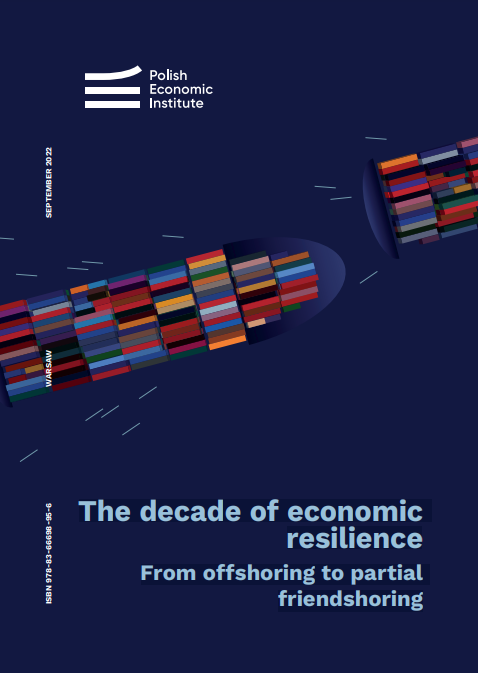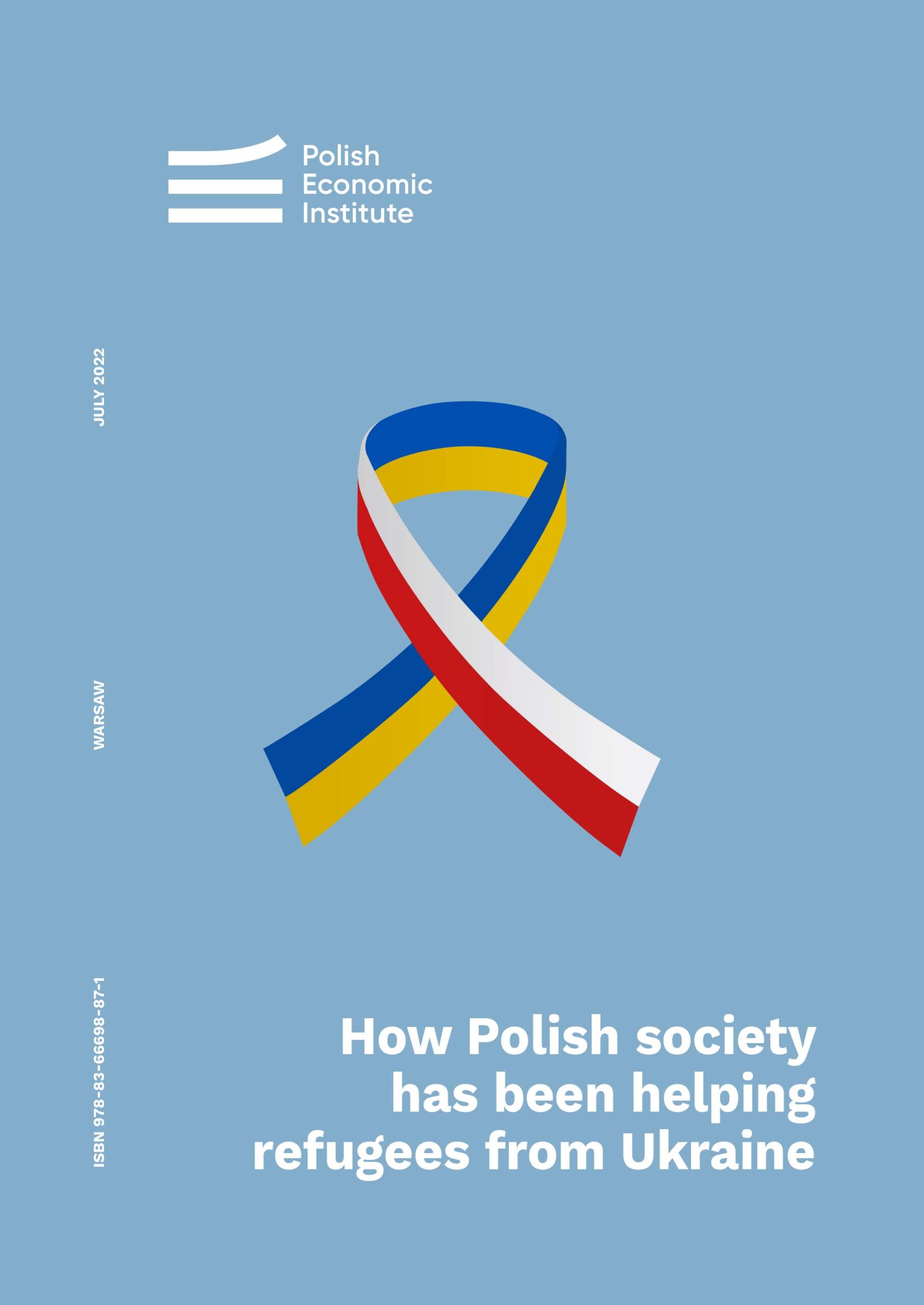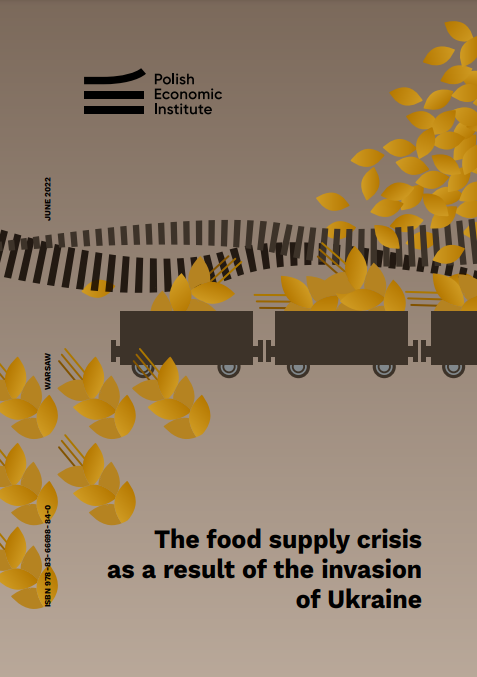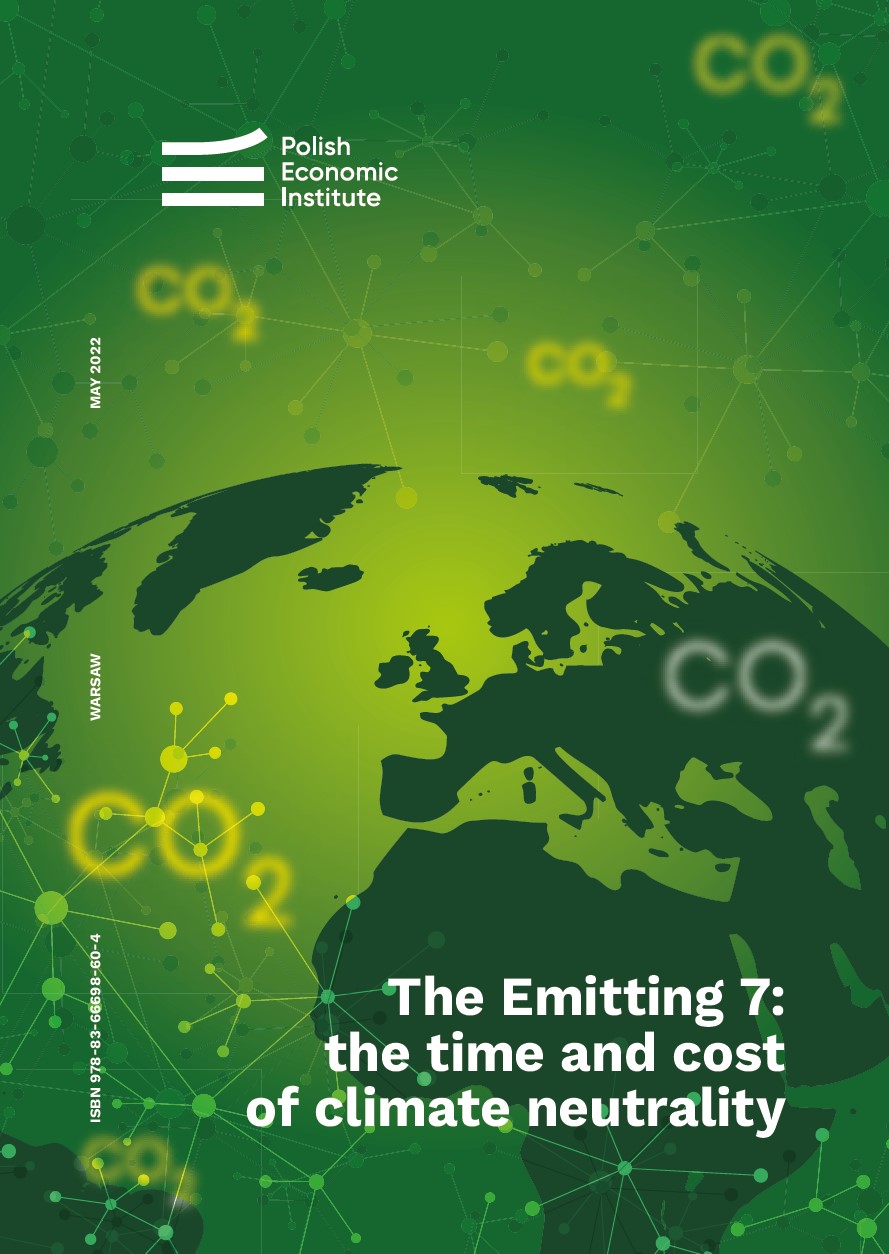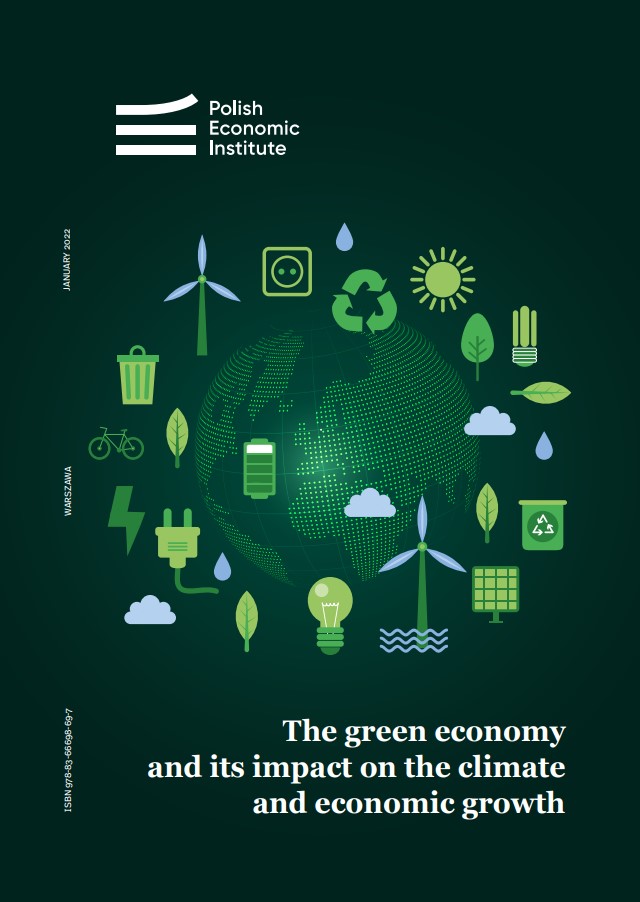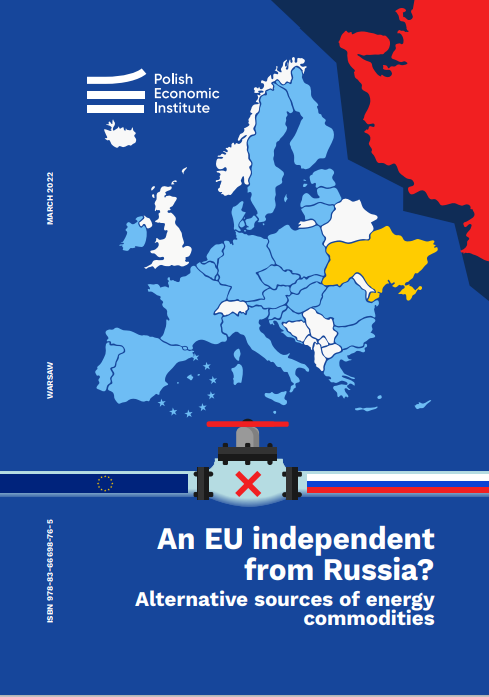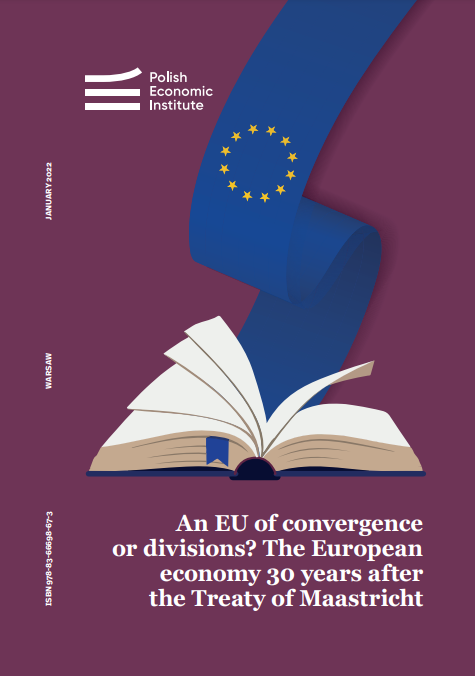The Digital Economy and Society Index (DESI) is the main tool used by the European Commission to measure the level of digitalization in EU countries. Although Poland achieved a score of 40.5 out of 100 in the index, placing it 24th among EU countries, the development level of several indicators is approaching that of the classification leaders, including Finland, Denmark, and Estonia. Despite the DESI methodology making it very difficult for member states to make any progress in the ranking, Poland is among the countries that are catching up fastest with the leaders. Currently, the index is undergoing a major transformation as part of the implementation of the Digital Decade, a new EU digitalization strategy. Therefore, changes are necessary in DESI to ensure a more objective assessment of the level of digitalization in individual EU countries, as outlined in the report by the Polish Economic Institute, "How to Measure the Digital Decade - Recommendations for an Evolution of the DESI Index."
Germany has been one of Poland’s key trading partners for years. In 2018, nearly 10 per cent of Polish GDP relied on trade with Poland’s western neighbour, including more than 7 per cent generated by the demand from final customers over the Oder and another 2.6 per cent resulting from German exports of Polish value added. In its report entitled ‘Współpraca handlowo-inwestycyjna Polski z Niemcami’ (Poland’s trade and investment cooperation with Germany), the Polish Economic Institute analyses the trade balance of the two countries with regard to GDP generation and job creation, trade structure and mutual cooperation in the form of direct investment.
As late as 2020, 44 per cent of coal, 45 per cent of natural gas and 25 per cent oil imported to the EU came from Russia. In the energy transition vision adopted by the European Union in the Fit for 55 package, natural gas was meant to serve as a transition fuel. After Russia’s aggression against Ukraine and sharp increases in the prices of all energy raw materials, the model needed to be changed. In May 2022, the European Commission published the REPowerEU plan, assuming the diversification of gas supplies, increased energy production from RES and the development of the hydrogen and biofuel markets. At the same time, the European Commission estimates that the departure from Russian fuels will provide savings of around EUR 100 billion per year. In its policy paper entitled ‘The green transition in the shadow of the war’, the Polish Economic Institute prepared four potential scenarios of the impact of the war in Ukraine and the resulting energy crisis on the European Union’s climate policy, including the future development of the Fit for 55 package.
As calculated by the Polish Economic Institute, the climate cost of Russia’s invasion of Ukraine in the moderate emissions scenario will be 212.7 million tonnes of CO2 equivalent. This is as much as 6 per cent of the equivalent of all the EU’s greenhouse gas emissions in 2022 and 80 per cent of Poland’s annual direct CO2-eq emissions. In the same scenario, the potential climate cost of the invasion could be EUR 16.6 billion. Ukraine’s green recovery could enable as much as 115 million tonnes of CO2 emissions to be avoided and reduce the war’s climate costs by EUR 8.9 billion. A green recovery will also be necessary due to the fact that as much as 4000 MW of renewable energy sources, or 24 per cent of Ukraine’s installed RES capacity, may have been destroyed and damaged – according to the PEI report entitled ‘The climate costs of the Russian invasion’.
In 2019, Poland’s automotive production was EUR 45 billion, whereas the respective figure for the Visegrad Group exceeded a total of EUR 160 billion. Due to the planned legislative changes in the EU, the share in the Polish industry of the production of ICEV* parts to become unnecessary after the entry into force of a ban on the registration of internal combustion engine vehicles by 2035 will be 35 per cent; the expected loss of production value added in the traditional automotive sector in the V4 countries by 2035 can be EUR 22.8 billion, of which EUR 7.2 billion will be lost in Poland. However, the net balance of the automotive and battery production in the V4 countries by 2035 will be positive, at EUR 58.5 billion, whereas the respective figure for Poland will be EUR 16.9 billion. The development of battery production investments could increase the respective rates of GDP growth in the V4 countries and in Poland by 5.3 per cent and by as much as 2.6 per cent by 2035. Moreover, electric vehicle battery exports in the European Union will triple by 2030 – according to the PEI report entitled ‘The impact of the Fit for 55 package on the automotive industry in the Visegrad Group. Budgetary effects of more restrictive emission performance standards’.
Three main events affected the structure of the inflation basket: the COVID-19 pandemic, first in the spring of 2020 and then during the second wave, the energy crisis caused by Russia’s manipulation of the gas market and, more recently, its attack on Ukraine. Thanks to access to high-frequency data, the Polish Economic Institute has been able to estimate that in April 2020, during the spring lockdown, inflation in Poland may have been 1.25 pp. higher than the official measure. At the same time, during the escalating energy crisis in December 2021, the official CPI was overestimated by 0.34 pp. Poorer households were hit by inflation 0.23 pp. more than wealthier ones – according to the Polish Economic Institute’s report entitled ‘Calculating inflation in Poland during the COVID-19 pandemic and aftermath of Russia’s attack on Ukraine using transactional data’.
Russia’s invasion of Ukraine has been accelerating changes in the existing model of the functioning of the world economy. Supply chain resilience is gaining in importance. The EU is facing a major challenge of reducing its dependence. At present, 76 per cent of oil and 68 per cent of gas imports in the EU are from non-OECD countries. Simultaneously, for as many as 11 of the 30 raw materials critical to the energy transition, the EU’s dependence on imports exceeds 85 per cent. More than 7 per cent of EU imports are products with a high degree of dependence on deliveries from outside the EU-27, including over 4 per cent among key manufacturing ecosystems such as electronics, energy and health. The EU is also twice as dependent as the US on demand in non-OECD countries. Therefore, changes in the current supply chain seem necessary – according to the Polish Economic Institute’s report entitled ‘The decade of economic resilience. From offshoring to partial friendshoring’.
During the first three months after Russia invaded Ukraine, 70% of Poles got involved in helping refugees. Private spending on this purpose may have reached EUR 2.14 billion (PLN 10 billion) during this period, 0.38% of GDP, according to the Polish Economic Institute’s estimates. For comparison, in 2021 as a whole, private spending on charitable causes amounted to PLN 3.9 billion. The total value of help for refugees assigned by the Polish authorities and provided by citizens during the first three months of the war amounted to almost 1% of the country’s GDP.
The sensitivity index (SI) created by the Polish Economic Institute shows that the following countries’ food security is the most threatened as a result of Russia’s invasion of Ukraine: Benin (SI = 97.6), North Korea (SI = 97.3), Sudan (SI = 92.5), Nicaragua (SI = 90.8) and the Democratic Republic of Congo (SI = 89.8), followed by Armenia, Egypt, Lebanon, Georgia, and Rwanda.
The Emitting 7 (E7) – the world’s most polluting countries: China, the United States, the European Union, India, Russia, Japan and Brazil – account for almost 72% of global GDP and 66% of global emissions. To stay on course for the 1.5°C target, the E7 will need to spend USD 67 trillion by 2030, the equivalent of 7.6% of global GDP in 2019 and 10.6% of the E7’s GDP in 2019 per year. Failure to reach the target will be even costlier: 11–13.9% of global GDP could be lost per year if the temperature rises by 2–2.6°C. None of these economies will hit its climate goals during its target year. Based on their current trajectories, net-zero emissions will be achieved by the EU in 2056, by the US in 2060, by China in 2071 and by Russia as late as 2086 – according to the Polish Economic Institute’s report entitled The Emitting 7: The time and cost of climate neutrality, presented during the World Economic Forum in Davos.
The latest report of the Polish Economic Institute shows that technological (arithmetic mean 5.83) and political (5.48) factors will have the greatest impact on the development of the labour market from now until 2035. Slightly lower scores (5.32) are given to legal factors and economic factors (5.13), while the lowest average scores for the impact of a given group of factors on the labour market in the future are given to ecological factors (4.84), values (5.07) and social factors (5.09), respectively. In contrast, political (3.93) and legal (3.80) factors are among the most difficult to predict. Social factors (3.71) and economic factors (3.70) are considered to be slightly less uncertain in the context of labour market developments up to 2035. The driving forces on the labour market in the outlook to 2035 will be the level of labour market virtualisation and the ability to work in dispersed teams. Based on these factors, four labour market development scenarios and profiles of employees with desirable competences have been formulated and included in the PEI report 'Foresight of Competences of the Future'.
Poland was 18th out of 27 EU member states in the ranking of the indicator measuring the development of the green economy in 2011-2019. As the PEI’s analysis shows, the development of the green economy is positively correlated to economic growth. A comparison of average total GDP growth in 2011-2019 in the countries with the highest green economy development indicator (25.7%) and those with the lowest (15.4%) points to the benefits of developing green technologies and infrastructure, which translates into a noticeable difference in the rate of economic growth (10.3 pp). Although individual countries’ economic growth is the result of many factors, the results of the model raise questions about the need to choose between raising the standard of living and a sustainable development model. Investing in the green economy does not slow down economic growth, while simultaneously enabling countries to achieve climate targets, according to the PEI’s report entitled The green economy and its impact on the climate and economic growth.
The EU is largely dependent on energy commodities imported from Russia. 25% of the crude oil, 45% of the natural gas and 44% of the hard coal imported by the EU come from Russia. Yet as the Polish Economic Institute’s report entitled “An EU independent from Russia? Alternative sources of energy commodities” shows, the EU’s dependence on energy commodities can be reduced significantly. The EU could reduce gas imports from Russia by as much as 91% as already in 2022, the PEI’s analysis shows.
In this report, we sought to measure the value of the data that Polish Internet users generate on digital platforms (social media and Internet search engines). This value was estimated from two sides: firstly, in terms of the revenue that Polish users’ data generates for digital platforms (Facebook and Google) and, secondly, in terms of the value that the users themselves assign to the data and privacy online.


